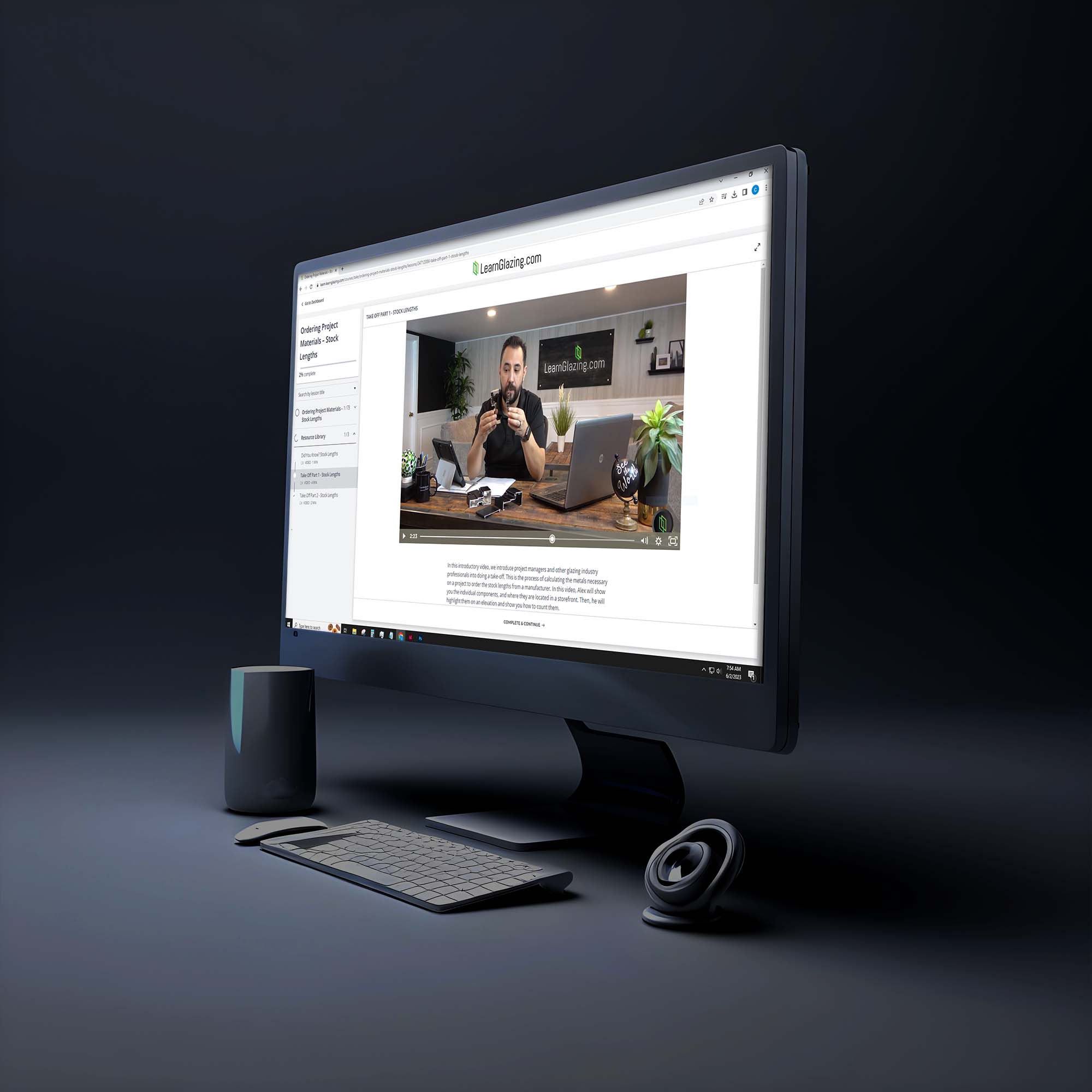
10 Things LearnGlazing.com Will Teach You That No One Else Will
Discover the future of glazing education with LearnGlazing.com. Our unique courses offer essential industry insights, deep knowledge of advanced glazing systems, and comprehensive understanding of project materials. Join us and shape your glazing career like...
Read the Full Article

